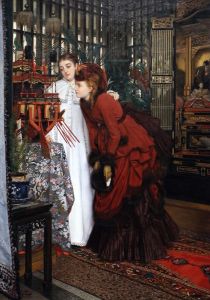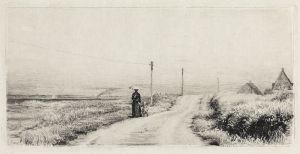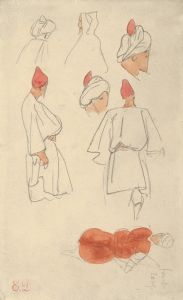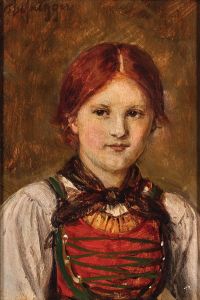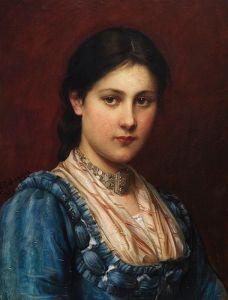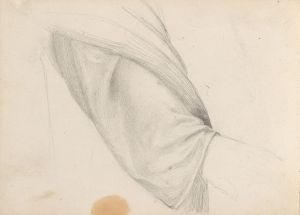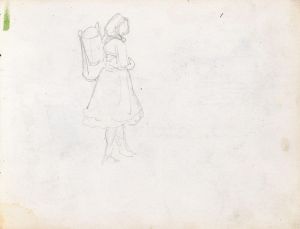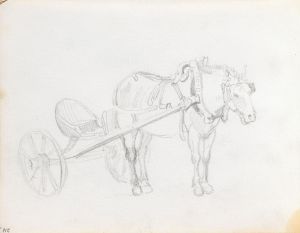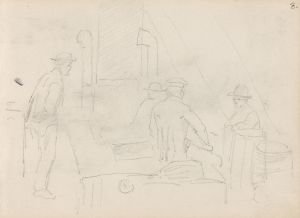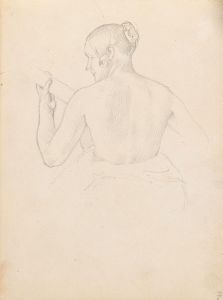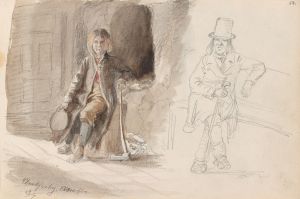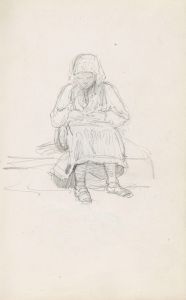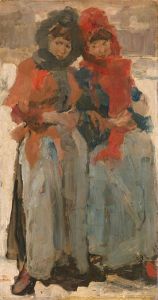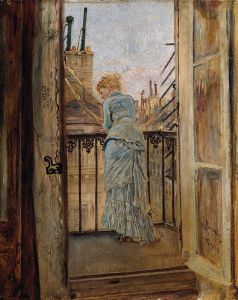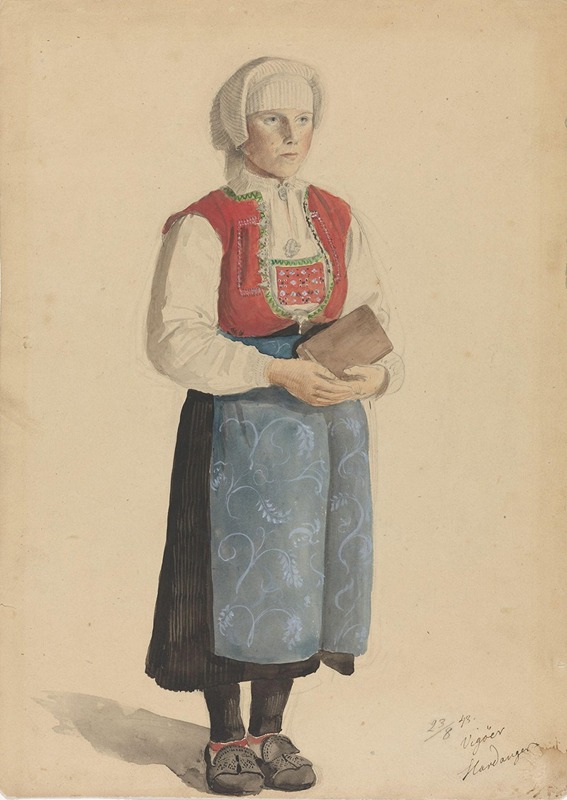
Kvinne i bunad, Vikøy
A hand-painted replica of Adolph Tidemand’s masterpiece Kvinne i bunad, Vikøy, meticulously crafted by professional artists to capture the true essence of the original. Each piece is created with museum-quality canvas and rare mineral pigments, carefully painted by experienced artists with delicate brushstrokes and rich, layered colors to perfectly recreate the texture of the original artwork. Unlike machine-printed reproductions, this hand-painted version brings the painting to life, infused with the artist’s emotions and skill in every stroke. Whether for personal collection or home decoration, it instantly elevates the artistic atmosphere of any space.
Adolph Tidemand was a renowned Norwegian painter, best known for his role in the national romantic movement in Norway during the 19th century. His works often depicted Norwegian folk life, traditions, and landscapes, capturing the essence of Norwegian culture and identity during a time of burgeoning national consciousness. One of his notable works is "Kvinne i bunad, Vikøy," which translates to "Woman in Bunad, Vikøy."
"Kvinne i bunad, Vikøy" is a painting that exemplifies Tidemand's focus on Norwegian cultural heritage. The painting features a woman dressed in a traditional Norwegian bunad, which is a type of folk costume that varies by region and is often worn for festive occasions and celebrations. The bunad is a significant symbol of Norwegian identity, representing the country's rural traditions and history. In this painting, the woman is depicted in the bunad specific to the Vikøy region, which is located in the Hardanger area of Norway. The Hardanger bunad is one of the most recognized and celebrated Norwegian folk costumes, known for its intricate embroidery and vibrant colors.
Adolph Tidemand's attention to detail in "Kvinne i bunad, Vikøy" highlights his dedication to accurately portraying the traditional attire and customs of Norway. His work was instrumental in preserving and promoting Norwegian cultural heritage at a time when the country was seeking to establish its national identity, following its independence from Denmark in 1814 and the subsequent union with Sweden. Tidemand's paintings, including this one, played a crucial role in the national romantic movement, which sought to celebrate and revive interest in Norway's rural traditions and history.
The setting of the painting, Vikøy, is a small village in the municipality of Kvam in Vestland county, known for its picturesque landscapes and rich cultural history. By choosing this location, Tidemand not only showcased the beauty of the Norwegian countryside but also emphasized the connection between the people and their environment. The painting reflects the harmonious relationship between the Norwegian people and their natural surroundings, a theme that is prevalent in many of Tidemand's works.
Adolph Tidemand's contribution to Norwegian art and culture extends beyond his paintings. His works have been influential in shaping the perception of Norwegian identity and have inspired subsequent generations of artists. "Kvinne i bunad, Vikøy" is a testament to his skill as a painter and his commitment to capturing the spirit of Norway during a pivotal time in its history.
In summary, "Kvinne i bunad, Vikøy" by Adolph Tidemand is a significant work that captures the essence of Norwegian national romanticism. Through his detailed portrayal of traditional Norwegian attire and the idyllic setting of Vikøy, Tidemand not only preserved a piece of Norwegian cultural heritage but also contributed to the broader movement of national identity formation in 19th-century Norway. His legacy continues to be celebrated in Norway and beyond, as his paintings remain a vital part of the country's artistic and cultural history.





